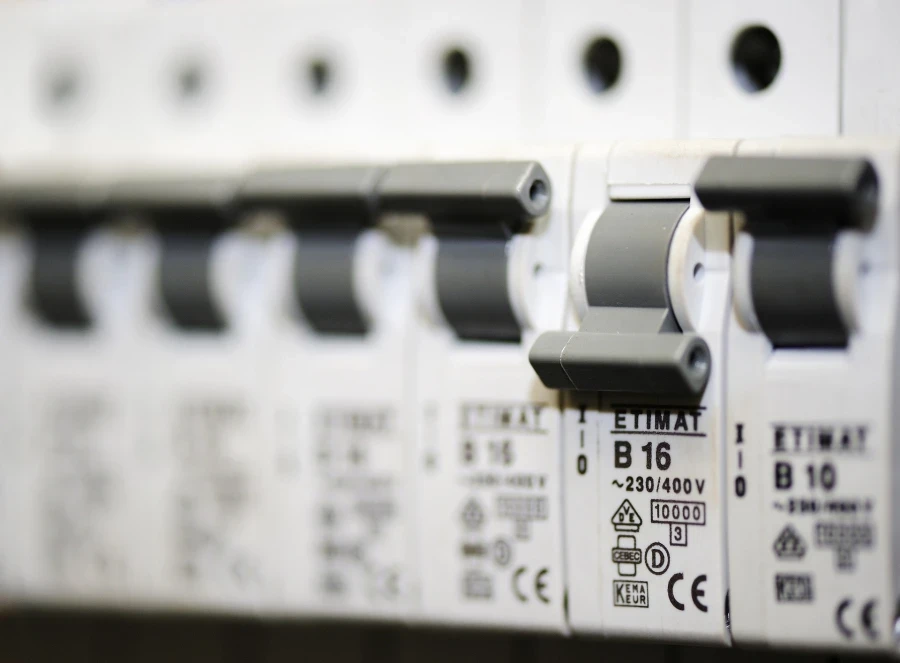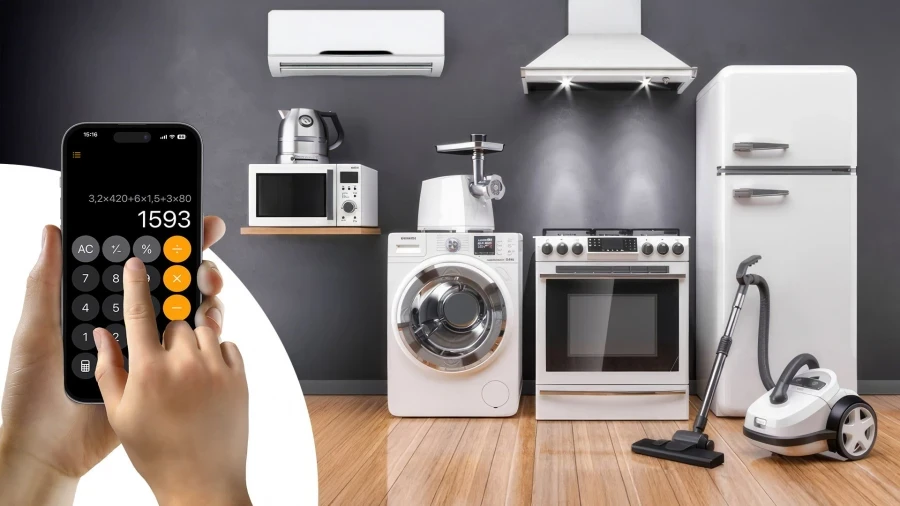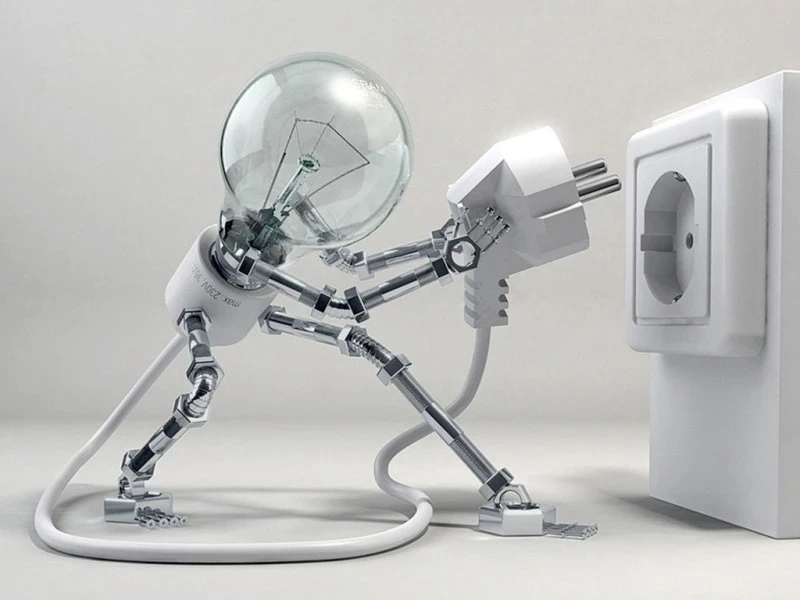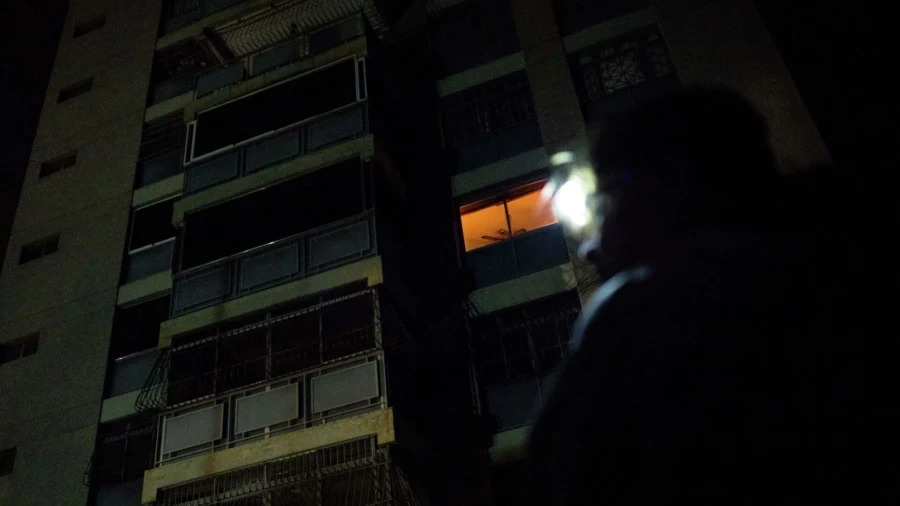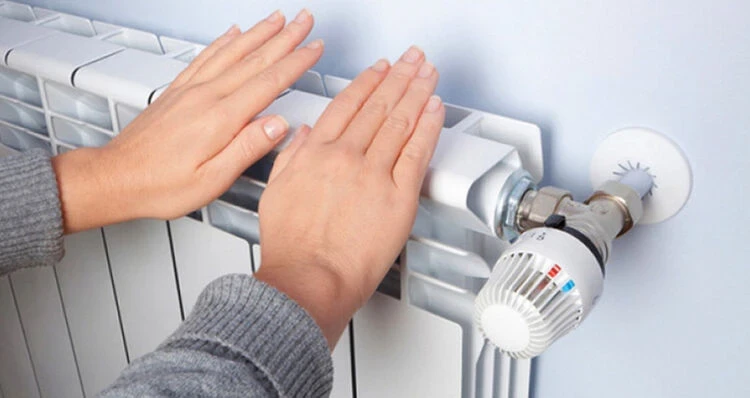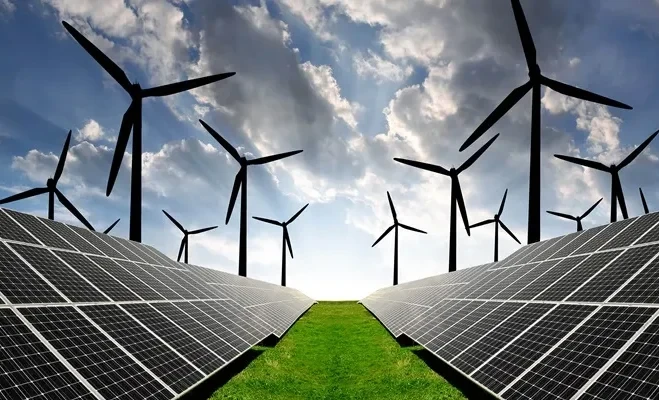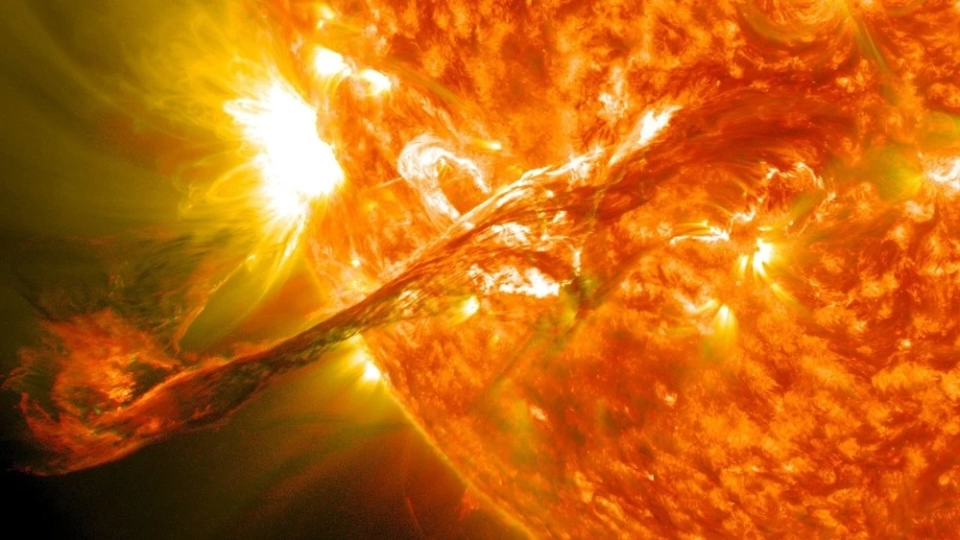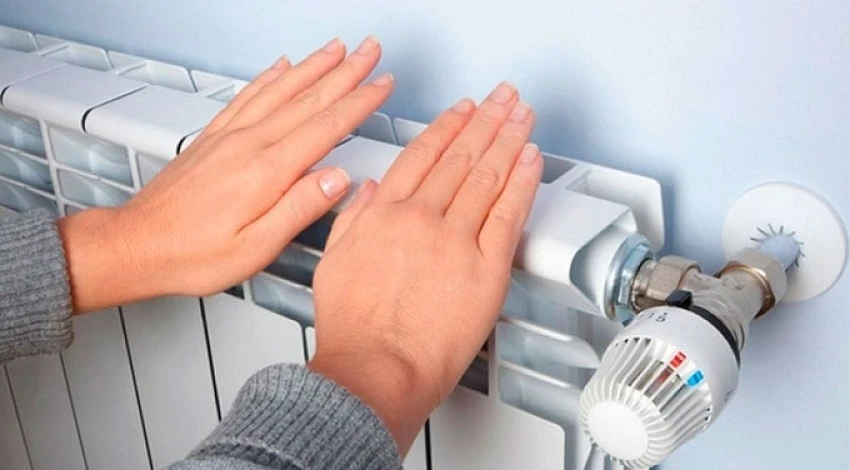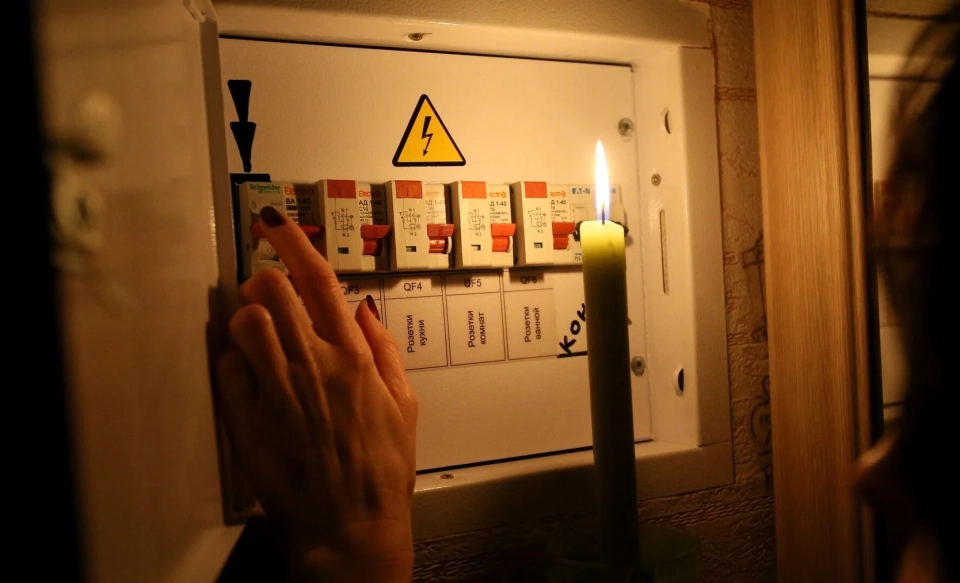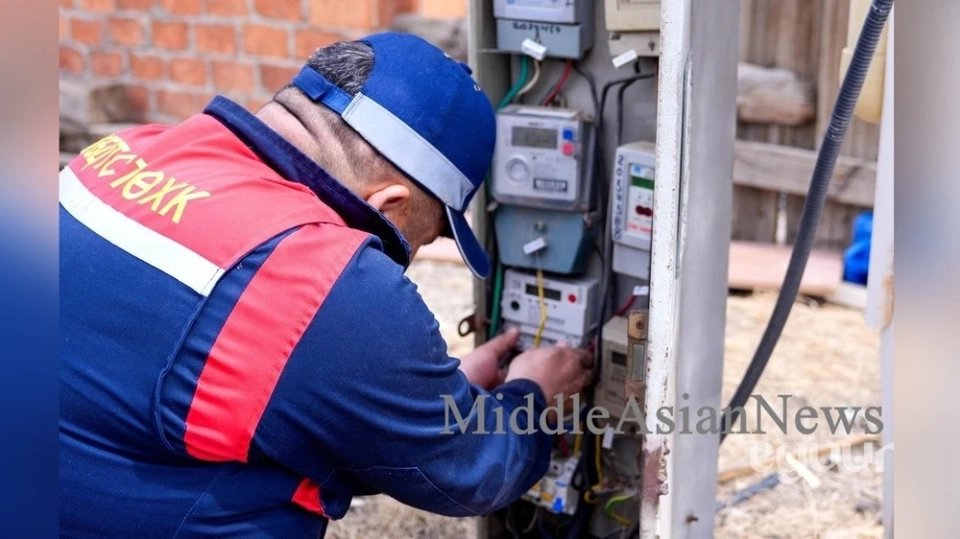Now, as power restrictions come into effect, residents need to carefully plan their use of household appliances. Morning and evening rituals, such as laundry or cooking, are turning into a real challenge.
Kaktus.media explores how these new power limits work and how to adapt to the new conditions to avoid being left without electricity.
Unexpected Changes
Since mid-October, users have started reporting that energy companies have nearly halved the power limits set on smart meters. Many subscribers were not notified in advance about these changes.NEK stated that these restrictions are necessary to prevent accidents and ensure the reliability of the power grids. Additionally, they urged citizens to use electricity more economically.
What Power Limits Mean
Power limits are different from rolling blackouts, as it may seem at first glance. They specifically relate to the power threshold, not the volume of energy consumed. Even with a set limit of 3 kW, one can exceed the norm of 700 kWh, which provides the lowest tariff.According to JSC "NEK", the temporary reduction of power is outlined in item 79 of the "Rules for the Use of Electricity" and in contracts with consumers.
In March of last year, against the backdrop of power outages, Kyrgyzstanis also reported a reduction in power. For single-phase subscribers, the limits were reduced to 4 kW, and for three-phase ones — to 8 kW.
“Since March 5, the power has been reduced. If a subscriber uses 5 kW, their electricity will be cut off. To continue using it, they will have to turn off one heater,” explained Talaybek Ibraev at that time.
This year, the situation has worsened, and the limits have been reduced by almost half.
How to Stay Within the Limit
To understand how important 3 kW is, it is necessary to know the power of your electrical appliances. This information is usually indicated on the device's casing or in the documentation.Approximate power ratings for household appliances:
- washing machine (5 kg) - 1.2 kW;
- water heater (80 l) - from 2.5 kW;
- electric stove - from 1.5 kW;
- air conditioner (for 50-55 sq. m) - 1.5-2 kW;
- oil heater - 2 kW;
- electric kettle - 1.8-2 kW;
- television - 0.1 kW;
- 10 energy-saving bulbs - 0.07 kW;
- refrigerator - 0.4 kW.
For those living in houses with centralized heating and gas, such restrictions will not create serious problems. But for residents of the private sector, who do not have gas and central heating, this situation can become a real issue. In the morning and evening, they will have to choose between comfort and the ability to use electricity.
According to information from energy workers, the restrictions apply to subscribers with smart meters, as setting limits for them is easier — they can be configured remotely.
Not all subscribers have such devices; some have regular electronic meters. Can they also be restricted? Yes, but it will require more effort. For such users, fuses with a specific current rating can be installed. If the limit is exceeded, the fuse will blow and cut off the electricity. However, there have been no reports of this system being implemented yet.
What to Do in Case of Power Outage
If the electricity goes out due to exceeding the limit, the letter "P" lights up on the smart meter. In this case, all appliances need to be turned off, and the button in the upper left corner of the meter should be pressed to restore electricity.It is important to remember not to turn on all appliances at once — it is better to do this gradually to avoid triggering the automatic system. Try to stay within the limit.
If the power does not come back on, you will need to contact the company's 24-hour call center: 105, 1209, +996 772 00 12 09, +996 702 00 12 09, +996 556 00 12 09 (WhatsApp).

